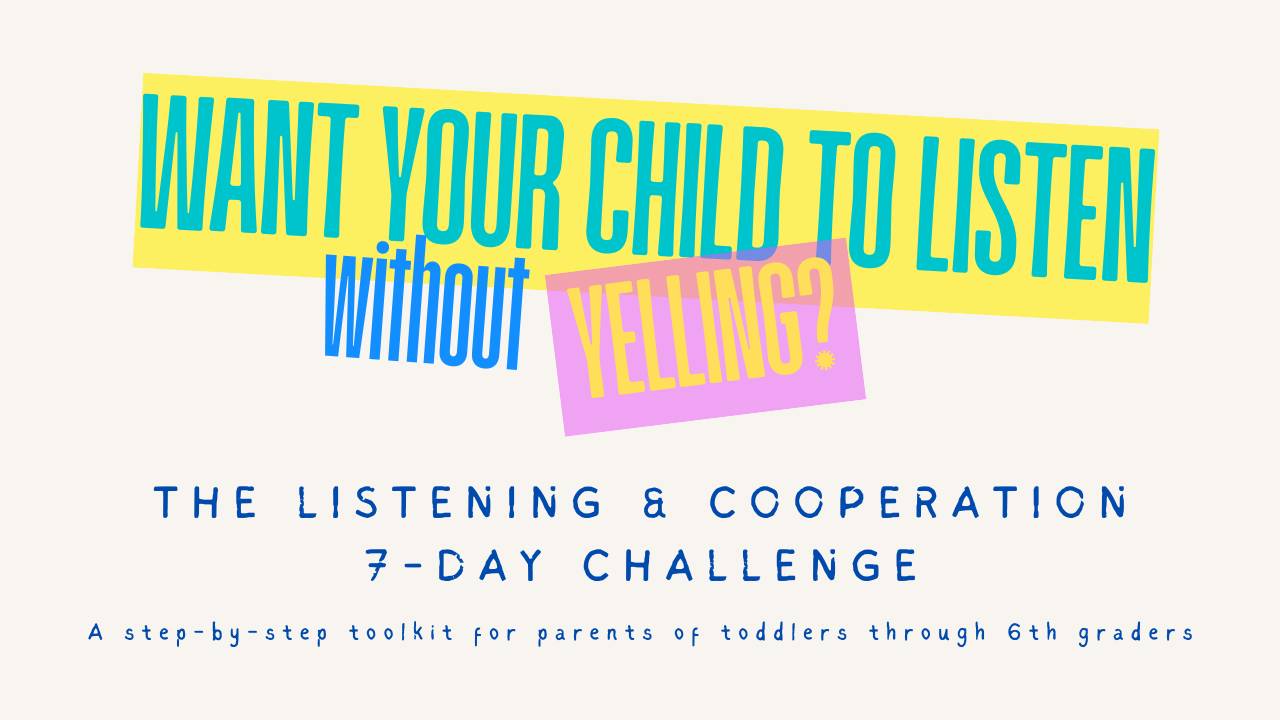How to Solve Behavioral Concerns during Play
Dec 25, 2023
Have you learned how to improve your child’s cooperation through play, selected appropriate toys, and blocked off play time with your child, but you’re not sure how to handle repetitive play and negative behaviors? We can help!
If you’re struggling to play with your child because they engage in repetitive play, here are some things you can do:
- Make sure that you’ve selected toys that will hold your child’s interest for more than a few minutes.
- Present toys during play time that don’t encourage repetitive play.
- Keep toys that promote repetitive play out of sight during your scheduled play time.
If your child is really only interested in toys that promote repetitive play:
- Have that toy out with one or two other toys that your child may have some mild interest in. Remember to follow the steps laid out in (blog post about cooperation.)
- Keep an eye out for opportunities to expand play or create new ways of playing with familiar toys.
- If your child is still not interested in the non-repetitive toys, give it a rest and set them aside for a few minutes. Go back to following your child’s lead with their favorite repetitive toy. After a bit, try to reintroduce the other toys again.
- If your child loves one specific type of toy (such as books that play music), try introducing similar toys, such as play sets with musical components. This may allow you to expand their play to other similar toys.
If you've successfully minimized demands, play time should go smoothly and your child should enjoy their time with you. Whenever possible, end play time on a good note. But if your child does become agitated during play time, it's ok to play quietly on your own for a moment without paying much attention to any negative behaviors. If your child doesn't calm down, it's ok to quietly end the play. Calmly let them know that play time is all done, but you can play together again later. Later, once your child is more calm and seems open to spending some time together, try again. Avoid providing social attention to your child they are agitated. Be a safe space and model calm behavior, but avoid inadvertently reinforcing or escalating challenging behaviors.
This is a new routine for both of you. Remember to give yourself and your child some grace and time to get used to this new one-on-one time. Initially, play time may need to last only a couple of minutes, and then increase as you both get into a groove. Your child may also switch toys often, or move to a different part of the room. Remember to be flexible, let your child lead, and use the 7 Steps to Build Rapport and Improve Cooperation Through Play.
UNLOCK YOUR FREE TOOLKIT NOW: ENHANCE YOUR CHILD'S PLAY & LANGUAGE SKILLS TODAY!
Simply enter your email address to get instant access.


